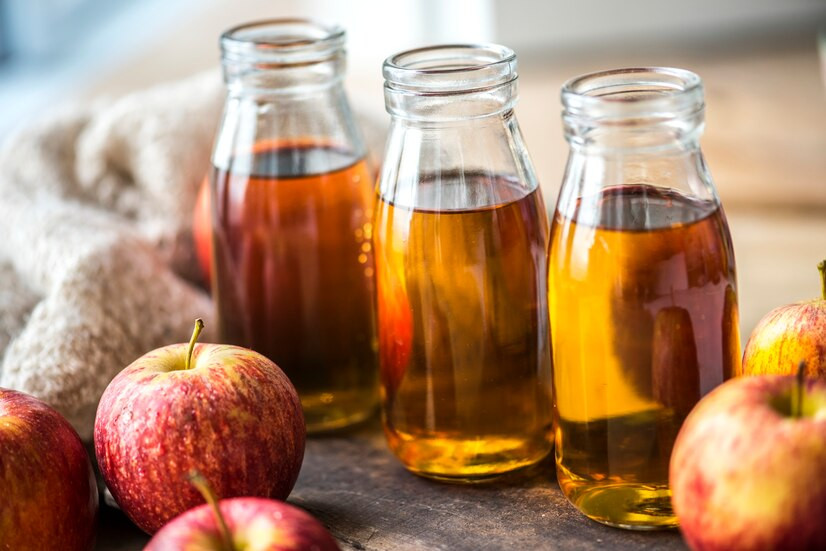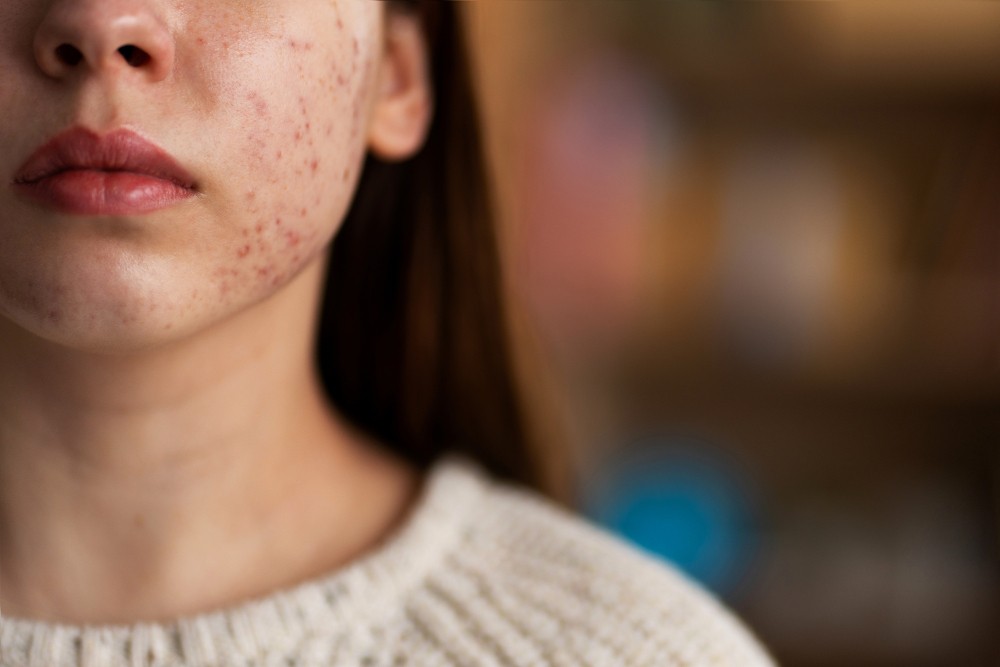Acne can develop in various areas, including the chest. Though usually hidden by clothing, chest acne can still cause discomfort. What leads to chest acne, and can it be avoided? Let's explore the causes and possible treatments.
Cause of Chest Acne
The causes of chest acne are similar to those found in other areas like the face or back. Acne occurs when hair follicles are blocked with oil and dead skin cells. When bacteria interact with this buildup, acne forms.
Some factors that contribute to chest acne include:
- Hormonal changes, which can cause the sebaceous glands to enlarge and produce more sebum
- Eating sugary or fatty foods that can trigger inflammation
- Excessive sweating without proper hygiene
- Friction from clothing or backpacks
- Using skin care products that clog pores, such as lotions and creams with oil
- Sun exposure, which dries out the skin, causing more oil production as a response
- Stress, which can widen pores and stimulate more oil production
Signs of Chest Acne
Chest acne can take several forms, depending on the type of acne. Common types of acne in general include:
- Whiteheads: Occur when pores are blocked by oil and dead skin cells
- Blackheads: Open pores with dark bumps caused by air exposure to sebum
- Papules: Red, inflamed bumps without pus
- Pustules: Bumps filled with white, yellow, or reddish pus at the base
- Nodules: Large, painful lumps beneath the skin
How to Treat Chest Acne
The treatment of chest acne depends on its type and severity. Consistent skincare is the key to managing acne. Proper acne treatment helps preventing scarring of chest acne and hide acne.
Some treatment options include:
Benzoil peroxide
Benzoil peroxide is known acne medicine to be widely available. As an antimicrobial agent, it reduces acne-causing bacteria.
Available in concentrations from 2.5% to 10%, it comes in creams, lotions, toners, gels, foams, and cleansers. Mild acne can often be treated with lower concentrations.
AHA or BHA
Alpha hydroxy acids (AHAs) and beta hydroxy acids (BHAs) promote skin exfoliation, helping to clear acne.
They can also work as peeling and reduce scarring when used at higher concentrations. They are available in various forms, such as creams and cleansers.
Lifestyle Changes
Certain lifestyle adjustments can help manage chest acne:
- Wash regularly after sweating or exercising
- Bathe twice daily using acne soap
- Cut down on sugary and fatty foods
- Exfoliate the skin regularly
- Use lotion to prevent dryness
- Wear loose, sweat-absorbing clothing
- Choose detergents that don’t irritate the skin
Generally, chest acne is mild and can be managed with over-the-counter treatments or home remedies. If the chest acne persists and do not subside, consult a doctor for proper treatment. You can also access advice through the Ai Care app, available on the App Store and Play Store.
Want to know more about other diseases? Click here!
- dr Nadia Opmalina
Mayo Clinic Health System. (2023). The Facts About Acne. Available from: https://www.mayoclinichealthsystem.org/hometown-health/speaking-of-health/the-facts-about-chest-acne
Fletcher, J. (2024). How to get rid of chest acne. Available from: https://www.medicalnewstoday.com/articles/320973
Mayo Clinic Health System. (2022). What to do about chest acne. https://www.mayoclinichealthsystem.org/hometown-health/speaking-of-health/what-to-do-about-chest-acne
Giorgi, A. (2023). Chest Acne: 10 Treatments to Clear Breakouts. Available from: https://www.verywellhealth.com/chest-acne-8351257#toc-what-causes-chest-acne-breakouts
Cherney, K. (2023). How to Get Rid of Chest Acne. Available from: https://www.healthline.com/health/beauty-skin-care/chest-acne












